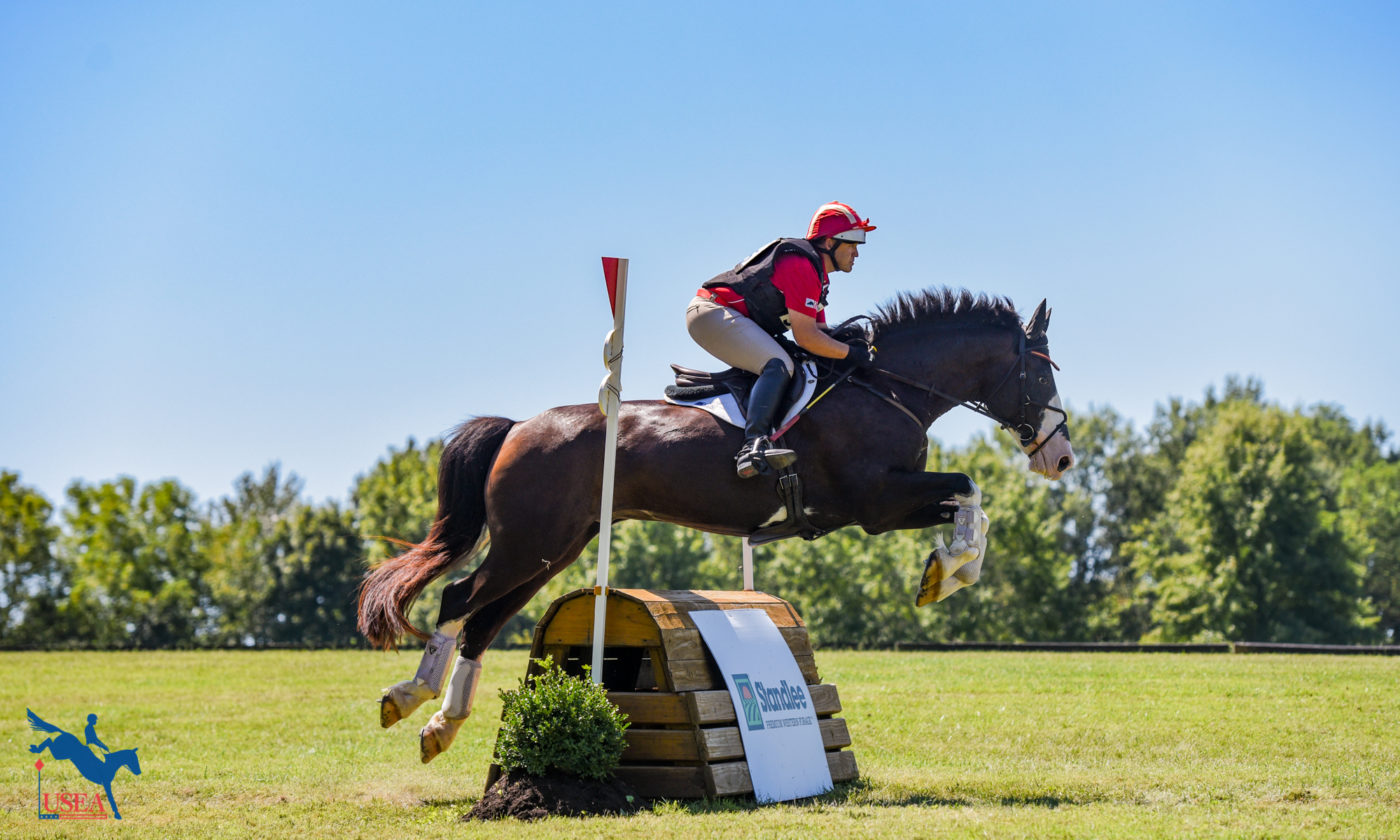

The COVID-19 crisis and resulting state and local mandates have forced many barns to close their doors to riders in attempts to social distance and flatten the curve. As a result, some horses are having a bit more downtime then they would normally see in the middle of the spring season. When the time comes when barns can open their doors once more and horses and riders can return to full work in anticipation of the restart of the competition season, what kinds of precautions should they take to make sure their horses come back to full fitness happy and healthy?
International eventer Buck Davidson Jr. is a firm believer in the importance of downtime for horses. “Just like an athlete, you can’t be “peak” all the time,” he said. “On a horse, you have to have fat so you have something to build into muscle. You have to let their bodies detox and let their feet go back to the way nature intended – then you can see where the horse is when he’s in nature and that usually gives you a pretty good idea of where they should go. It’s for their minds too. You can’t just keep shoving information at them because it would be information overload and they might go kind of nuts. Just like a kid on summer break, they have time to absorb everything they’ve learned and they usually come back smarter and stronger.”
“I would treat this the way you treat the beginning of the year,” Davidson said. “Normally after the fall season, the horse gets a little bit of a break and then you bring them back up over a couple of months. If they’ve had the break they would normally have in the fall, then you do it in the same way. If they’ve done more than their normal break you act accordingly. Every situation is different – every horse is different, every rider is different, and every break is different. Do what’s right for you and your horse.”
What’s a Hunter Pace? The Sherwood Forest Equestrian Center's Hunter Pace is a cross-country-style course around Sherwood Forest over various natural obstacles/terrain. The course ends with a final treat for riders to take in stunning views of Mt. Hood with a loop through the old Far Hill Farms field. The beginning of the course will first start with a warm-up loop around show jumping obstacles in the outdoor ring at Sherwood Forest and then riders will continue directly onto the course. Sign up as a solo rider, pair, or team.
Claire Allen remembers when she was 11 years old, having just made the switch from the hunter/jumper ring to three-day eventing. She told her new eventing trainer that her goal was to one day compete in the United States Equestrian Federation’s Eventing Young Rider Championships.
As he was finishing tacking up his horse in preparation to navigate the cross-country course at the 2024 Twin Rivers Summer Horse Trials, James Alliston expressed concern about navigating the 101 Freeway. That’s because as soon as he crossed the finish line aboard Intermediate level winner Addyson (Ampere x Nickerbocker) at 10:38 a.m. on Saturday—his fifth cross-country round of the morning with three at Preliminary and two at Intermediate—the West Coast-based five-star rider had to drive 185 miles on the 101 Freeway from Twin Rivers Ranch in Paso Robles, California, to San Francisco International Airport to catch a 4:35 p.m. flight to Frankfurt, Germany.
There is so much more to proper grooming than keeping your horse picture-perfect for the horse inspection. Good grooming practices are critical to proper horse management, no matter if you are planning for your next FEI appearance or your Starter level debut. To help you maximize your knowledge of grooming practices, we opened up the opportunity for USEA members to submit any questions they might have on our Instagram and Facebook stories. In this week's episode, Host Nicole Brown sits down with three of the highest-regarded grooms in this industry, Max Corcoran, Emma Ford, and Stephanie Simpson, and asks them all of your questions and more to help you perfect the art of grooming.